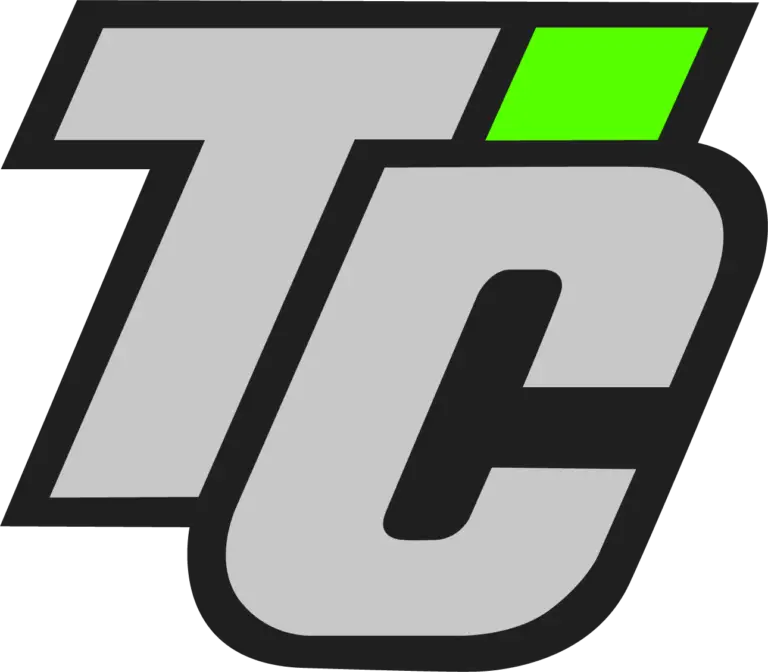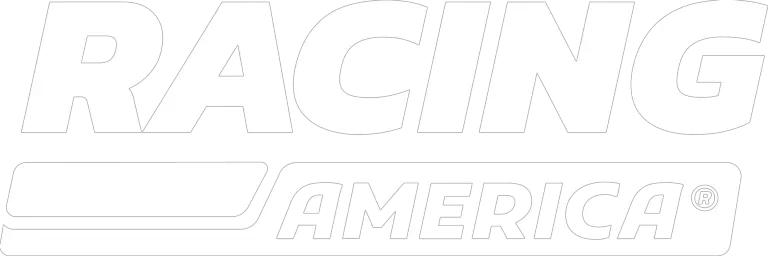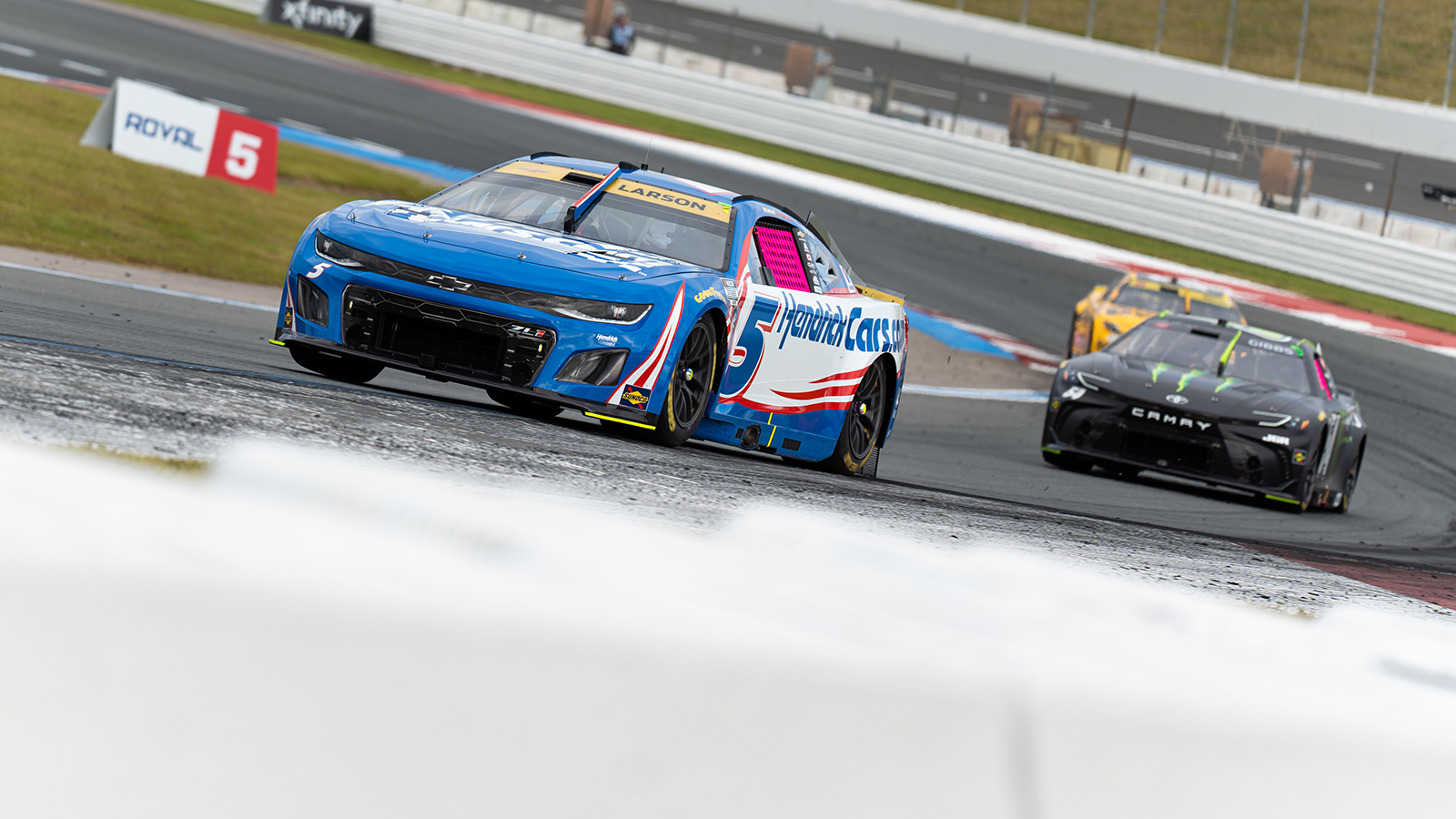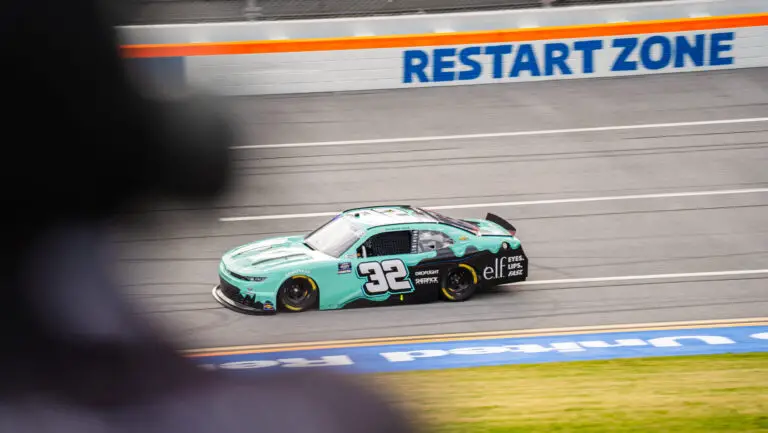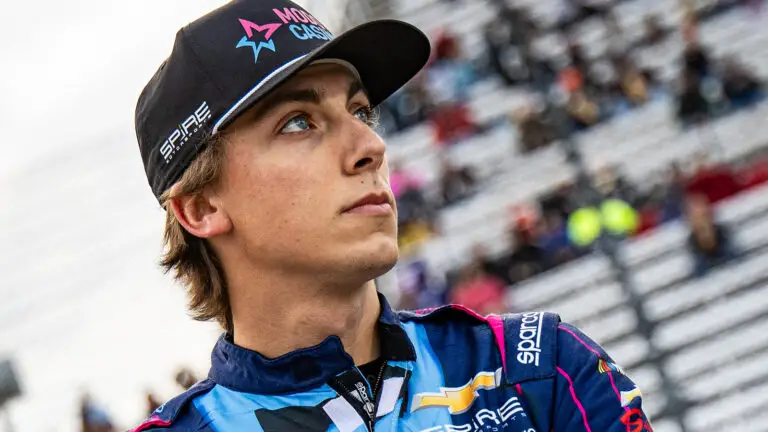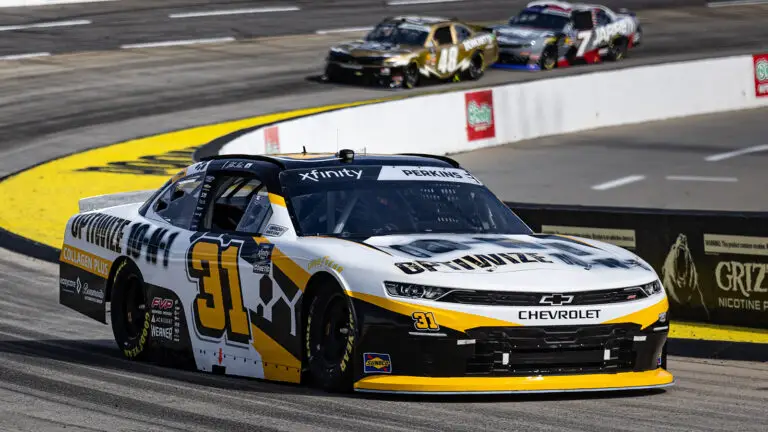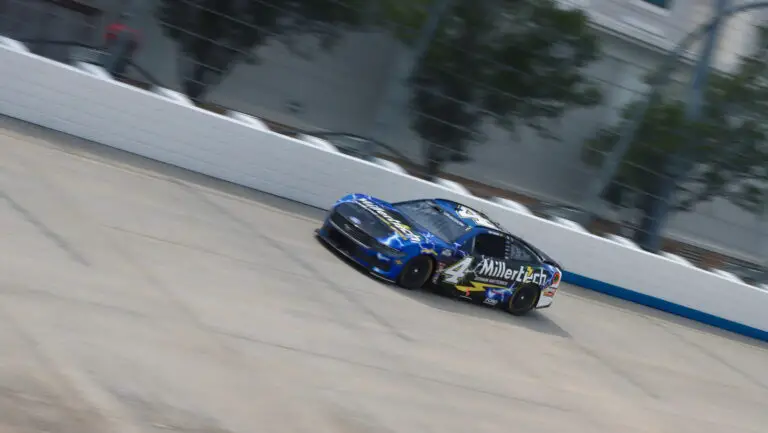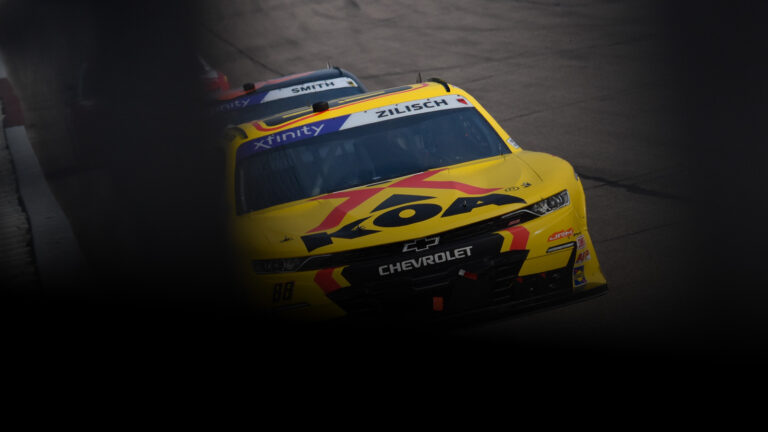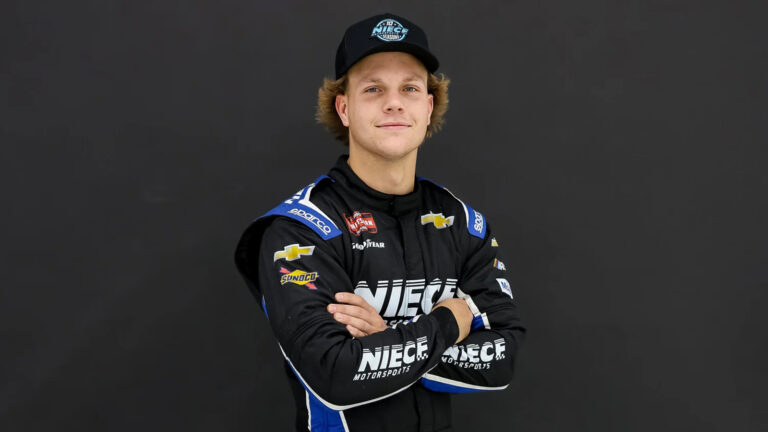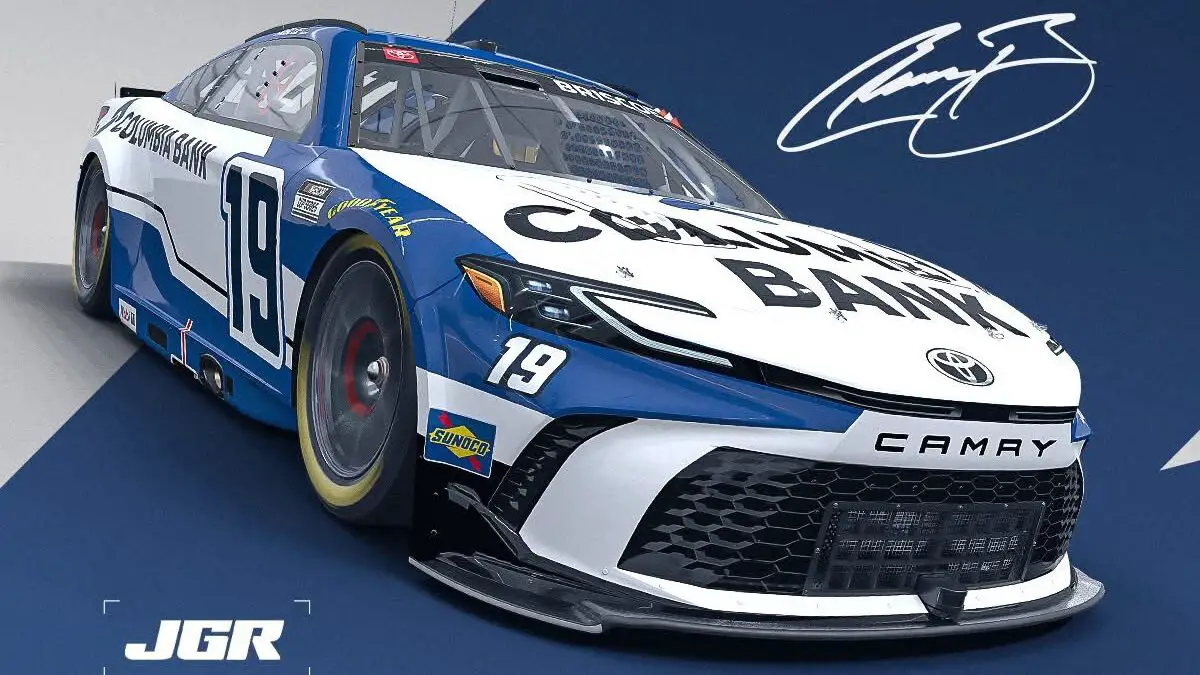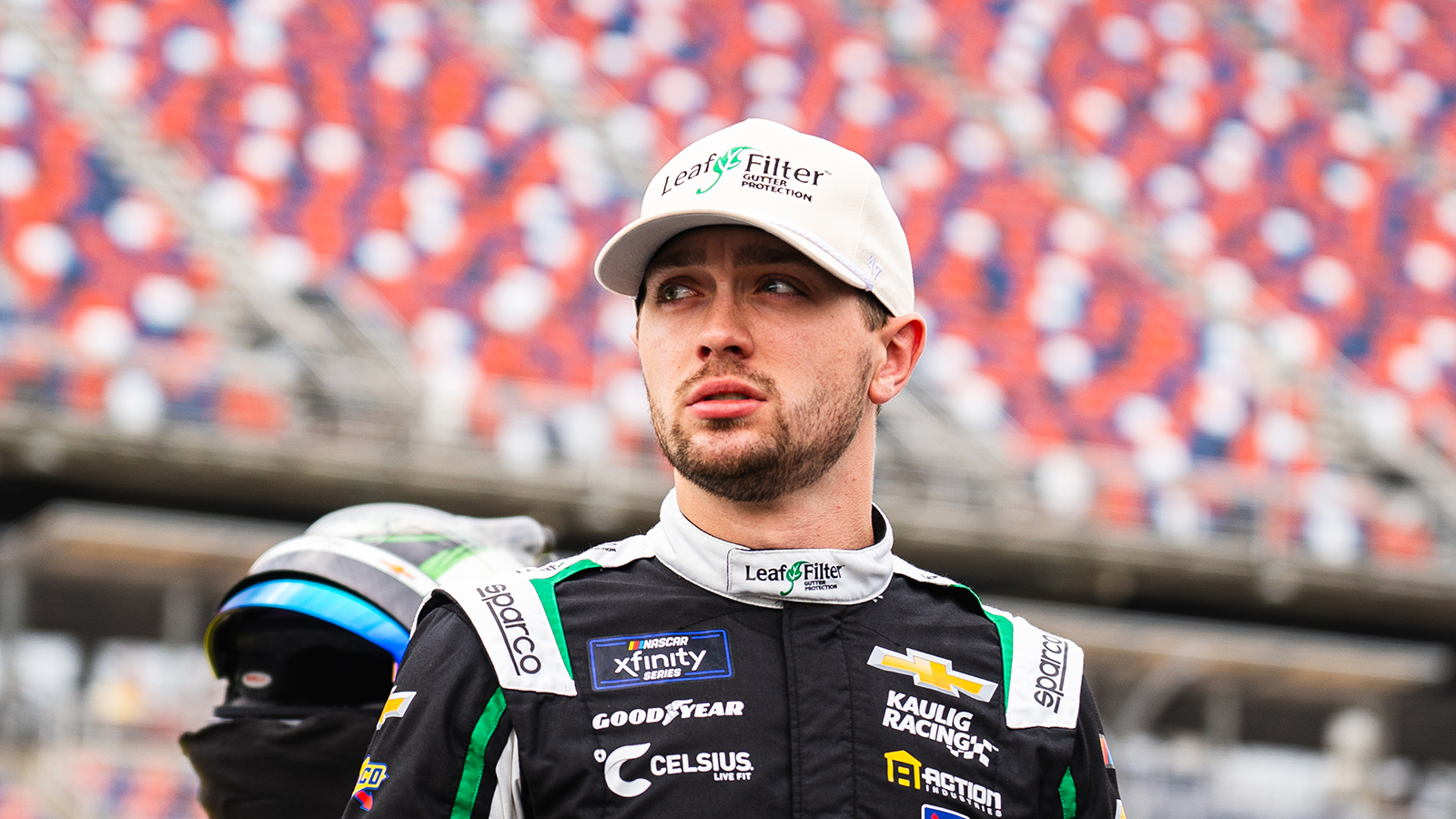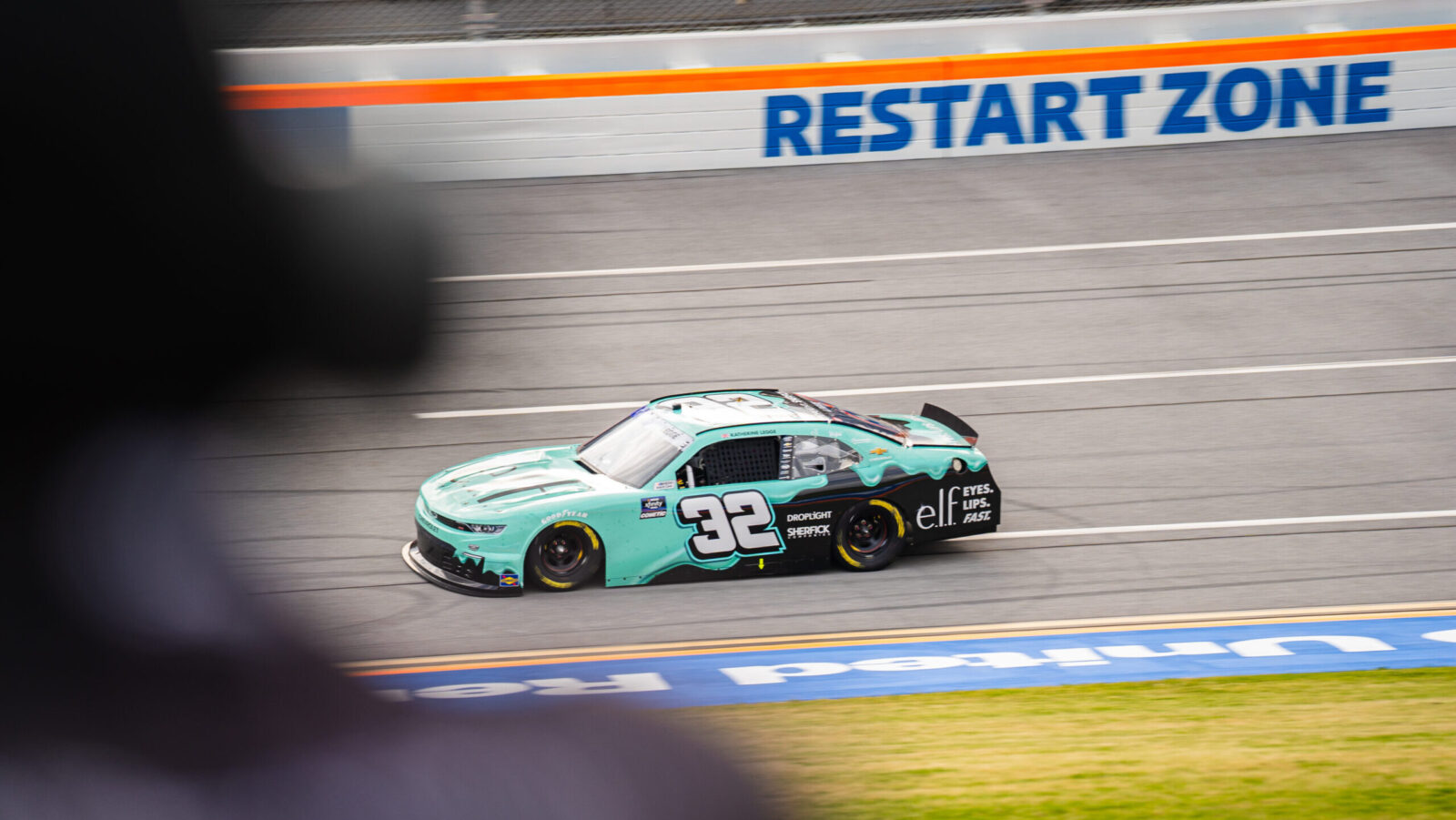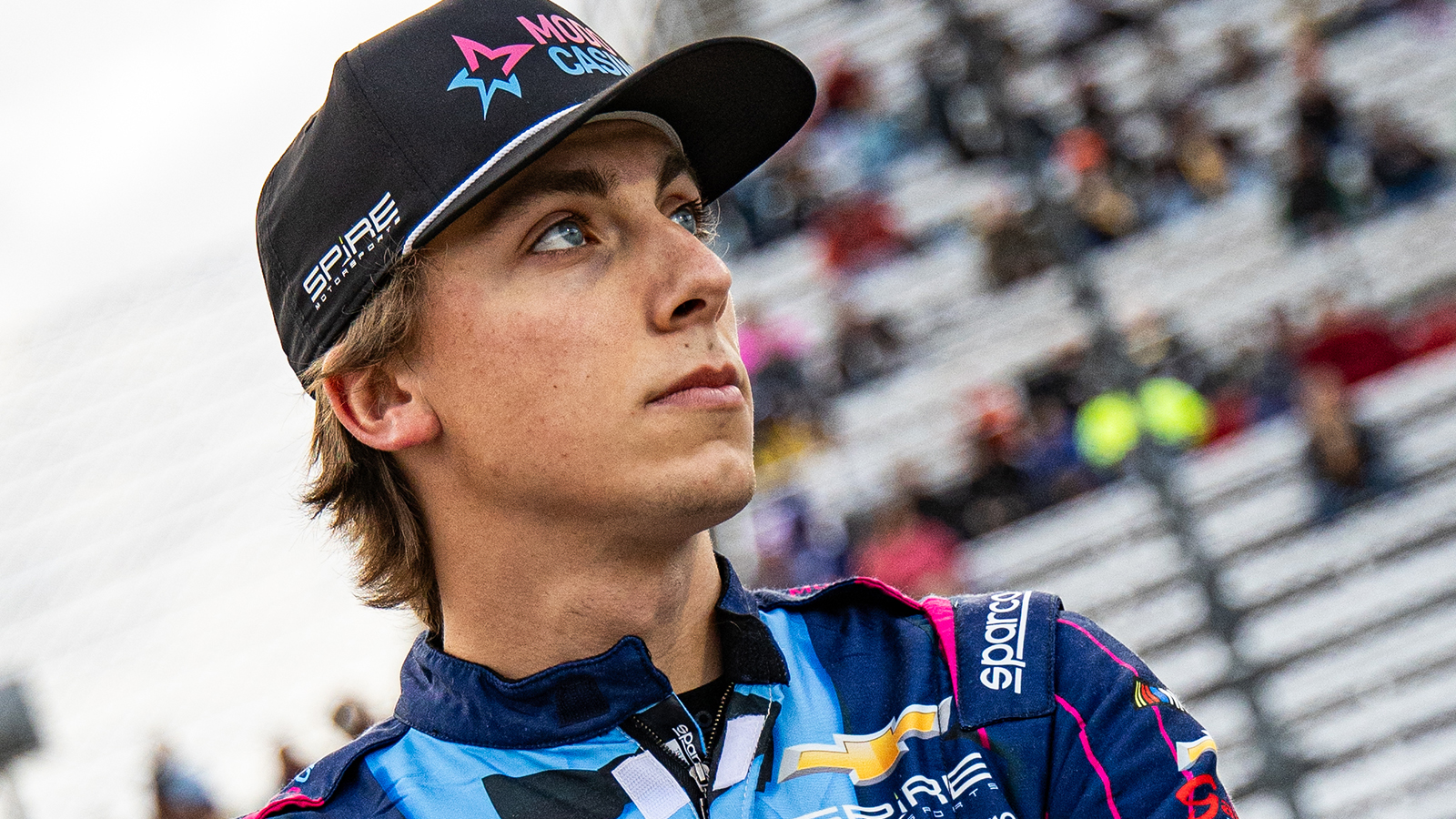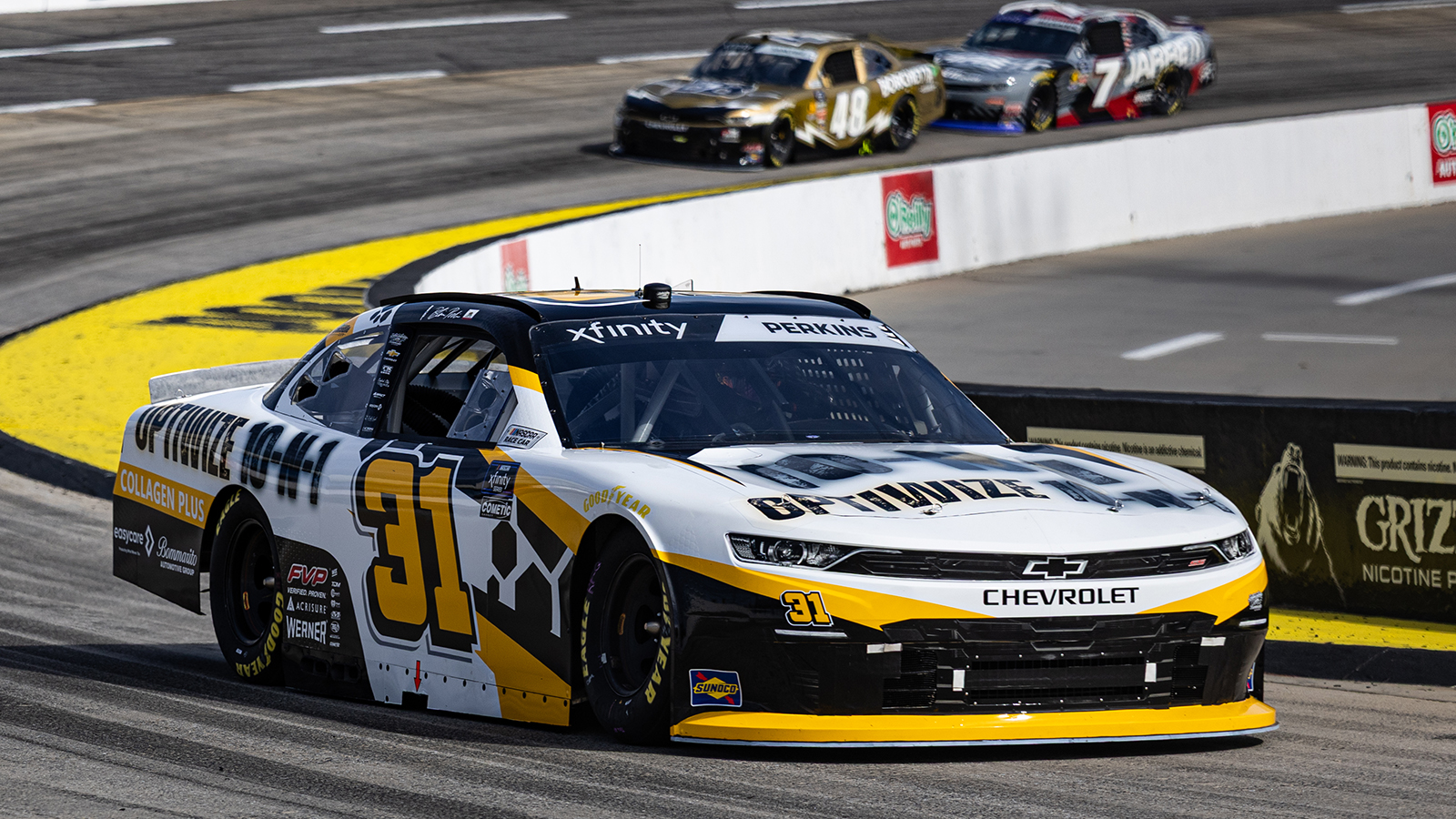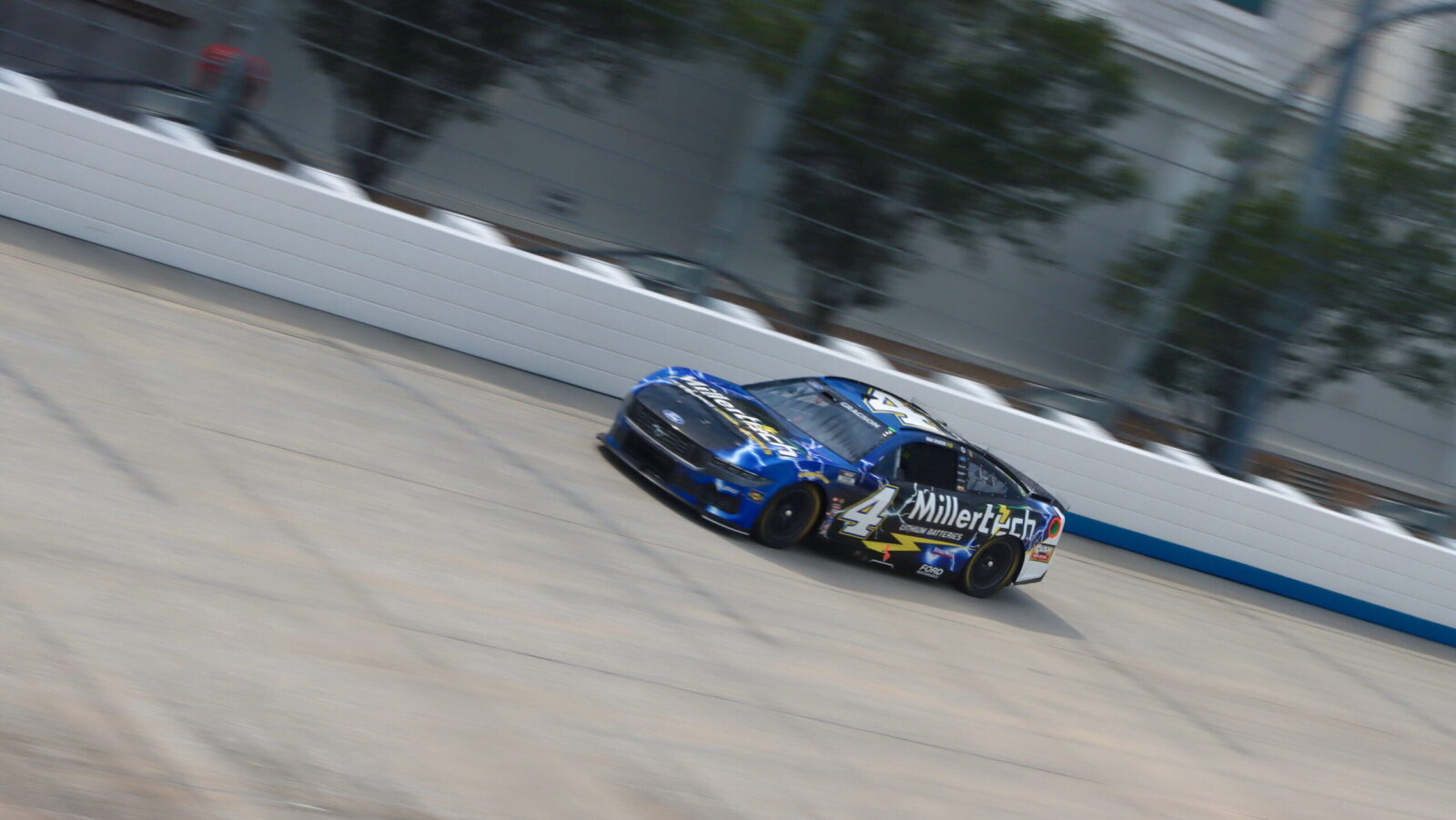NASCAR President Steve O’Donnell stopped by the Dale Jr. Download in an episode that dropped on Wednesday afternoon. While O’Donnell spoke to Dale Earnhardt Jr. about several topics, the biggest moment was a bit of breaking news that was delivered in the interview.
O’Donnell confirmed what had been widely speculated for months. NASCAR will increase the horsepower for the NASCAR Cup Series cars at road courses and all tracks under 1.5 miles in length for the 2026 season. According to O’Donnell, the horsepower at the select tracks will reach 750 horsepower next season, up from 670.
While the decision to increase horsepower at a plethora of tracks, which have suffered from a lackluster product since the adoption of the Next Gen car in 2022, many had hoped for an even larger increase in horsepower. O’Donnell explained that increasing past 750 for the 2026 season simply would have bitten off more cost than they were willing to force the stakeholders of the sport to take.
BREAKING NEWS: @NASCAR announces 750HP at select tracks for 2026. ???
Steve O'Donnell joins the @DaleJr Download – listen now! ??
Apple: https://t.co/gDm5nUp3cg
Spotify: https://t.co/MlreMNZJgm
YouTube: https://t.co/VwYx4FLA6S pic.twitter.com/1HeKBQAcY9— Dirty Mo Media (@DirtyMoMedia) October 8, 2025
“So, why 750? Why not 800? Why not 1,000?” So, if you look at where we are today, where we can go without completely changing over the industry,” O’Donnell explained. “And so whatever you do, you want to make sure that if you’re going to change the horsepower within the car, you’ve got to match it up with the aero of the car, you’ve got to match it up with braking. All of these different things come into play.”
O’Donnell explained that NASCAR’s choice to move the horsepower numbers higher in 2026 came from the sanctioning body listening to the thoughts of the race fans and stakeholders within the sport, who share NASCAR’s desire to see more compelling races at short tracks and road courses.
“We hear the fans, we hear the industry. Yes, we want to try and see what will work here,” O’Donnell said.
O’Donnell said that if the dial was cranked much further past the 750 horsepower mark, it would have pushed costs within the industry associated with the move to nearly $50 million.
“If you went beyond 750, we looked at almost $40-50 million cost to the industry. And so if you look at our job, it’s, yeah, you want to make a call right away. But you’ve got to think about the out years,” O’Donnell stated. “We’re looking at Dodge coming into the sport, we’re looking at other OEMs coming into the sport, and then our current partners. Three-year runway, we didn’t want to say, ‘Alright, it’s 1,000 now,’ and then, just kidding, three years from now, we’re changing it again. That’s 100s of millions of dollars to the industry.”
O’Donnell says NASCAR will conduct a test with teams and Goodyear at North Wilkesboro Speedway in the offseason to help the tire manufacturer come up with tire combinations that pair well with the new horsepower levels.
“And I know fans, you know, ‘Who cares about the money? Just do it,’ but in this case, we want to take a step, we want to marry that up with aero, so we’re going to do a test in the offseason at North Wilkesboro,” O’Donnell said. “I think some of the drivers are happy about that. Just looking at what we can do with the tires now. Goodyear’s stepping up now. Not perfect, right, but, yeah.”
O’Donnell continued, “Put some ideas together, go and try it at North Wilkesboro and see what happens.”
